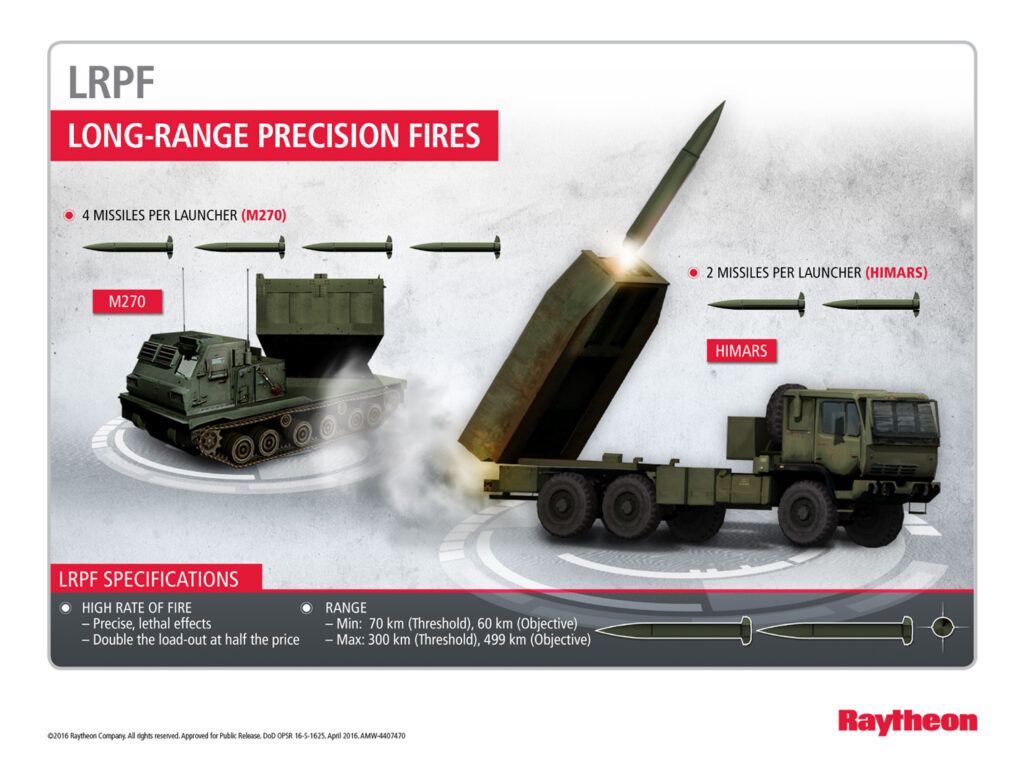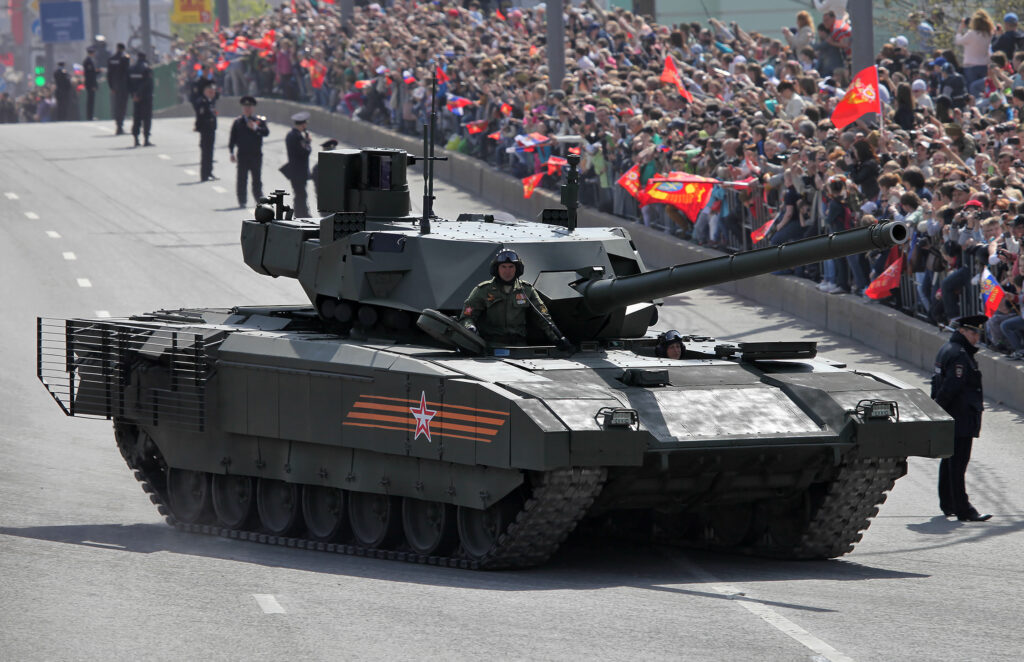
Acting Secretary of the Army Ryan McCarthy
ARLINGTON: The Pentagon is reaching a fevered pitch of preparation for the 2019 budget, with key decisions coming in “weeks,” said the acting secretary of the Army.
“There’s so much going in the department, it’s almost breathtaking,” Ryan McCarthy told reporters after an Association of the US Army breakfast. But the Army’s under extra pressure because it wants to make changes to spending plans — formally known as Resource Management Decisions (RMD) — that must be approved by the Office of the Secretary of Defense.
“It was a deal I made with the DepSecDef (Patrick Shanahan) in August: I’m going to come back and RMD myself because I need the time to do the analysis,” McCarthy said. So when is he going back? “Thanksgiving, first week of Christmas, because I’ve got to go back before it goes across the river to OMB (the White House’s Office of Management and Budget) and they go to the pass-back phase.”

Raytheon’s proposal for the new Long-Range Precision Fires (LRPF) weapon, the Army’s No. 1 modernization priority.
Acquisition Reform
Meanwhile, McCarthy is pushing a sweeping reform of the Army’s troubled acquisition system. While internally driven, the change needs buy-in from both the Office of the Secretary of Defense and Congress – and soon. A new Modernization Command, which would radically alter how the Army buys equipment, is supposed to be in place by summer 2018. A task force led by Maj. Gen. Ed Cardon is expected to report back with recommendations on the new organization by February.
The OSD and Congressional response so far is, “warm with a healthy dose of skepticism,” McCarthy told the audience at AUSA. “They recognize we have to do something.”
“I have worn out a layer of leather on the bottom of my shoes going back and forth to Congress,” McCarthy continued. “They’re going to be watching very closely the recommendation Gen. Cardon comes back with, because they think we’re coming up very close to the need for legislation.”

Lt. Gen. Edward Cardon
“It may come to that,” he said. “We believe…we can do most of this within our existing authorities.”
One central reform is already in progress: the stand-up of eight Cross-Functional Teams, serving the Army’s top modernization priorities. The CFT leaders – seven one-star generals and one senior civilian – have all been named. For now, all eight individuals remain “dual-hatted,” holding both the CFT role and their current, demanding jobs, but that’s just a way of “bridging” to a more permanent set-up by the summer, McCarthy said.
What’s more, as of yesterday, all eight CFT leaders get their official fitness reports from one person – the Vice-Chief of the Staff of the Army, Gen. James McConville – and not from their old bosses.
“I signed the memorandum last night,” McCarthy said. “Those officers are now senior-rated by the vice-chief of staff.”
It’s a well-known phenomenon in the Army, noted AUSA president Carter Ham, that while Army officers may have many masters, they’re most responsive to whoever writes up their fitness for promotion.
“That was the idea,” McCarthy said to laughter.

Russia’s new T-14 Armata tank on parade in Moscow.
Hard Choices
Reorganizing Army acquisition is just one of many projects for McCarthy. Now serving in his third presidential administration, he told reporters at AUSA that he’s never seen the Pentagon so busy.
“I’m in the midst of a national defense strategy build, a budget review with the secretary of defense…. There’s a ballistic missile defense review, a nuclear posture (review),” he said. Then, internal to the Army, there’s a science & technology review, a readiness review, and a Strategic Portfolio Analysis Review (SPAR) of all 820 Army equipment programs. Those reviews are reaching for input from across the Army, from the service’s Pentagon staff to its research laboratories to the new Cross-Functional Teams.
What’s the most crucial review? “If you really neck it down,” McCarthy said, “I need to weigh in on the national defense strategy, because that helps dictate what they need from the Army….Once you know, then I can tell you precisely how much money I need.”
Of the reviews internal to the Army, the SPAR is the most fraught, since it judges whether every program should be killed, cut or accelerated. It’s being led by the service’s chief resource manager, Lt. Gen. John Murray (head of G-8). What makes this year’s review different from 2016’s, Murray has said, is that it will systematically look at existing Army weapons systems and ask: Can we keep upgrading what we have, incrementally, a little at a time, or do we need to take the plunge and pay for something new?
That’s a particularly acute dilemma for armored vehicles. A Next Generation Combat Vehicle (NGCV) to replace the M1 Abrams tank, M2 Bradley troop carrier, or both is the Army’s No. 2 modernization priority – second only to new long-range missiles to counter Russian rocket artillery. But a new machine will take years to develop, while the M1s and M2s still have to be able to fight tonight in Eastern Europe, where they’re in some key ways outmatched.
“Near-peer competitors (e.g. Russia) have made great advances in their armored formations,” McCarthy said. “That’ll be probably one of the biggest decisions I’m involved with in my tenure.”
Sometime in the next few years – possibly as early as the 2019 budget request now in the works – the Army must make a “seminal” decision on its tanks, McCarthy said: “Do you continue making (upgrades) on the existing platform or do you for the next-generation capability?”
“Do I have a preference?” McCarthy said. “I don’t know. I have the experts coming in and laying out the options…..I don’t know if it’s a ’19 (budget) decision. I’ll know a lot more this afternoon.”
Gray Eagle is the low-cost, low-risk answer to Army modernization
Gray Eagle STOL and Gray Eagle 25M are the best options for Army aviation as it assesses where to move from its current inflection point.


























